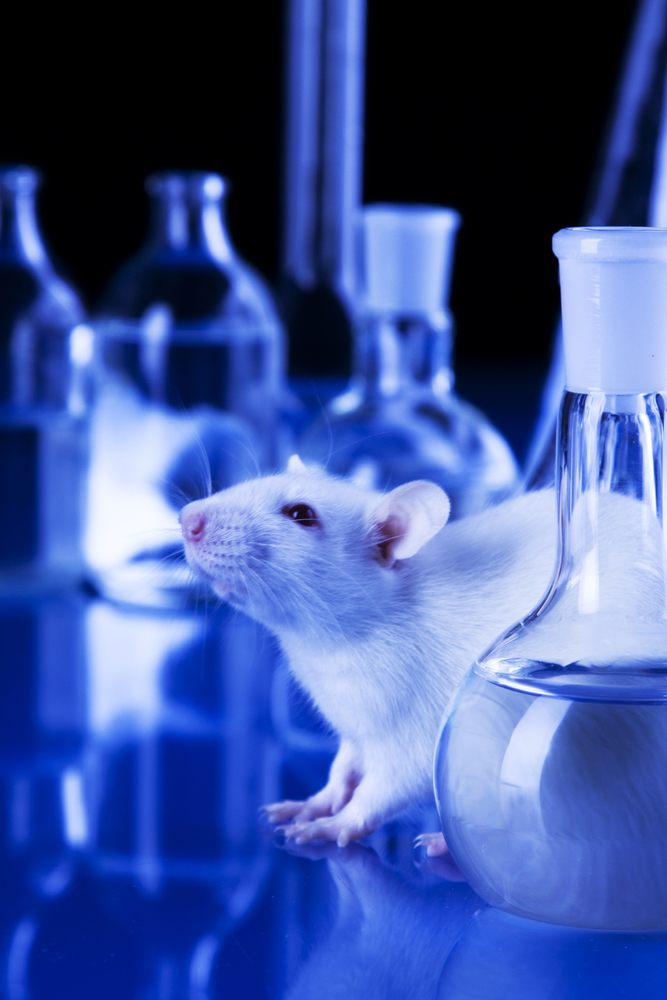
In my Discover reporting, I regularly see studies that rely on lab rats to answer various questions. One study, for example, looked at whether garlic has protective properties against toxins. Another studied hunger and impulse control in rats. And in a study that no one in my family wanted to hear about over dinner, researchers measured the brain activity of decapitated rats. For me, these stories raised a new question – why do rats appear so often in research? Why are they running through mazes, pushing levers to get treats, or being put in rat-sized guillotines? The history of laboratory rats goes back centuries, and the sequencing of the rat genome in the early 2000s means that rat research provides more information than ever before. Rat Study Long before researchers drugged young male rats to measure the effects of substance abuse on developing brains, scientists experimented with rats and nutrition. Prior to 1850, European scientists used the Rattus norvegicus (also known as the Norway/street rat) in feeding experiments. In 1856, one of the first published rat experiments described the effect of adrenalectomy in albino rats. In 1890, the first known rat studies came to the US with neuroanatomical studies at the University of Chicago. More than a century later, scientists created the Rat Genome Database in 1999, allowing them to share information and contribute to the sequencing of the rat genome. Because the genomes of rats and humans share similarities, the project has enabled research into genetically based diseases. Rats and mice are now used in 90 to 95 percent of research involving mammals. A 2021 study in Scientific Reports looked at 16 major U.S. research institutions and found that 99.3 percent of mammals used in laboratory experiments were mice and rats. Rat studies now inform studies related to Alzheimer’s disease, arthritis, cancer research, cardiovascular disease, diabetes, spinal cord injury, cardiovascular disease, and substance abuse (hence the aforementioned drunken teenage rats). Why Rats? Rats are the most common rodent used in research, and there are a variety of reasons for this. Behaviorally, rats are desirable research subjects because they are social creatures. They are also curious and can be trained to perform repetitive tasks. They are also not capricious and have a varied diet. Rats age quickly and reach sexual maturity in just a few months. Rats usually mate after they are 100 to 120 days old, and female rats reach menopause at about 450 to 540 days. The rapid aging of rodents is useful for scientists studying the aging process in humans. However, scientists still disagree on how the age of rats correlates with human age. But there are similarities between rats and humans that are clearer. Rats can be used to study almost any organ system in humans. There are also strong structural similarities between rat and human brains, allowing neuroscientists to use rats to learn more about human brain function. In the rat brain, for example, almost a third of the sensorimotor cortex is dedicated to processing information sensed by the rat’s whiskers. Similarly, the human cortex uses nearly 40 percent to process visual information. Reliance on rats The need for laboratory rats has increased over the past 60 years and is likely to continue to grow. In 1966, the Animal Welfare Act made it possible to use large mammals such as monkeys or dogs in research. The law was a response to pet owners whose animals were stolen and sold to labs. It regulates how cats, dogs, guinea pigs, hamsters, non-human primates and rabbits are sold, transported and handled. Over time, the law evolved to include all warm-blooded animals, excluding mice, rats and birds. Because the law does not specifically include rats, government officials do not inspect laboratories that use and house rats. Without government oversight, it’s hard to determine how many rats are in American labs. One study estimates that about 115 million rats are used for research. A 2023 congressional report noted that animal advocates would like to see more oversight and transparency regarding the use of rats, mice and birds in scientific experiments. Until then, it should be noted that the above studies, which involved getting rats drunk, poisoned, or decapitated, were done outside the US in labs in Iran, Italy, New Zealand, and Pakistan.
 The story of the laboratory rat
The story of the laboratory rat 